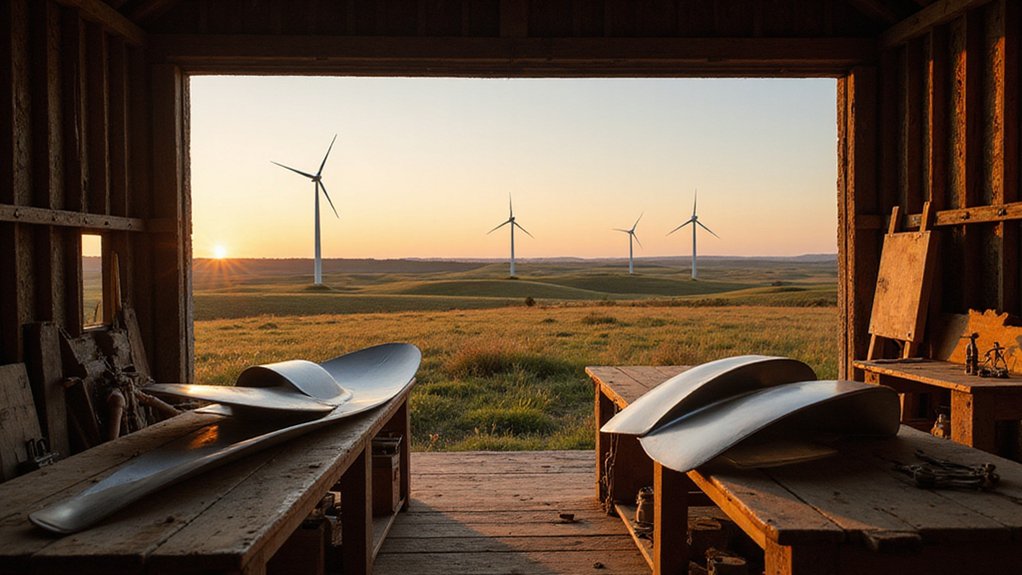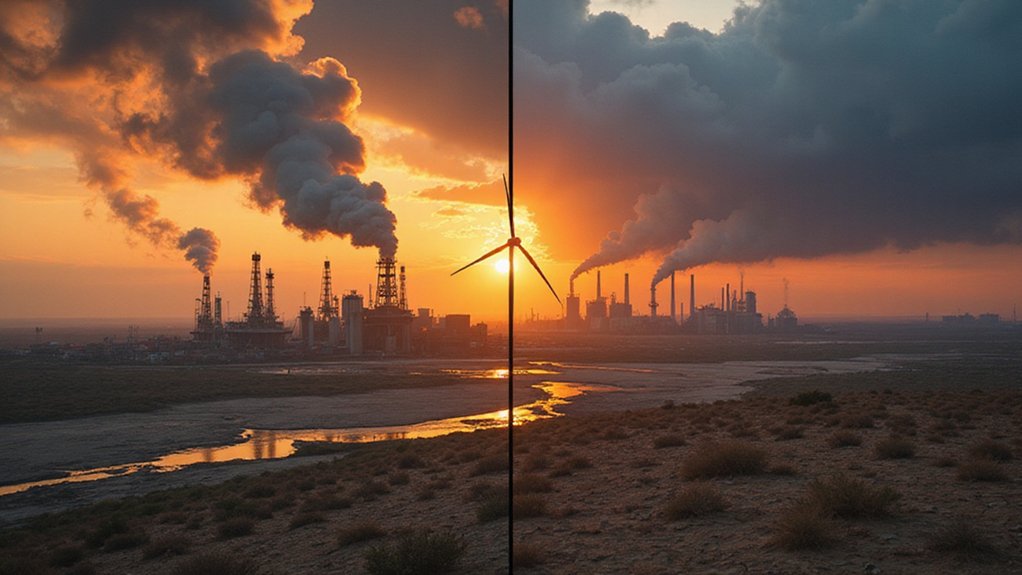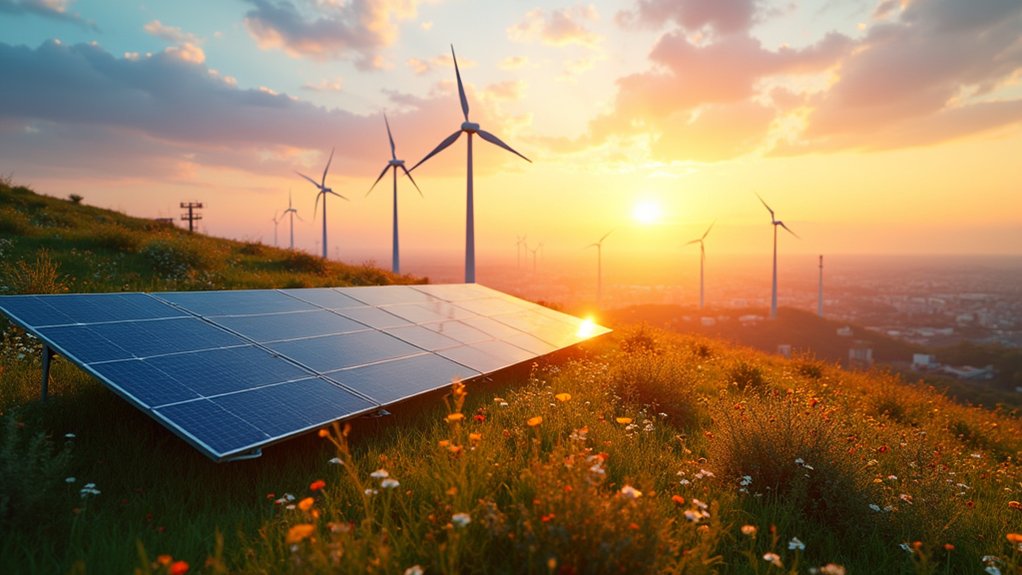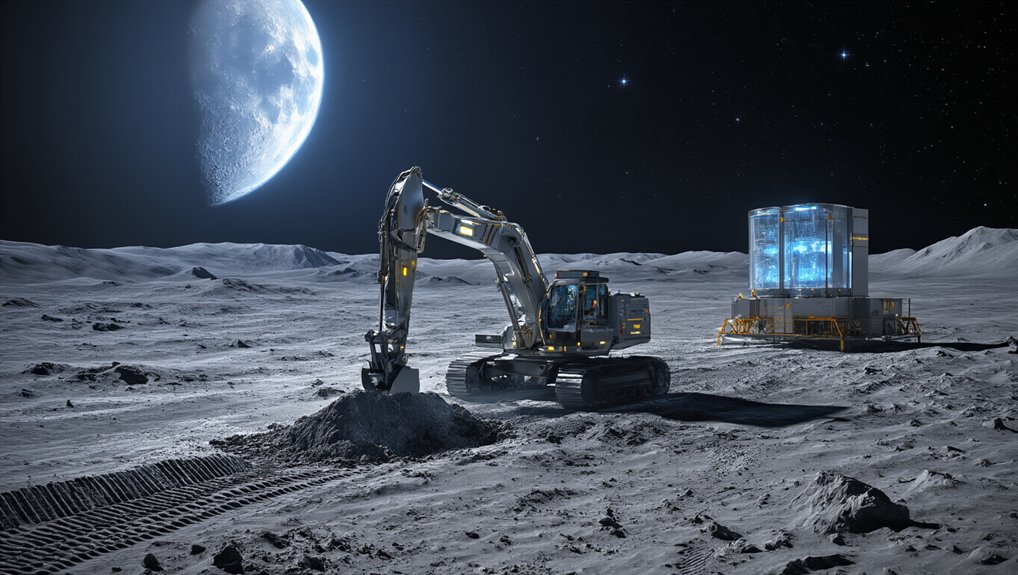A small-town mortician unexpectedly transformed Missouri’s energy sector, shifting from caskets to wind turbines. This unlikely career change mirrors the state’s broader shift from coal dominance to renewable energy. Missouri now boasts 2,400 megawatts of wind capacity, with renewables generating 14% of its electricity. The mortician’s story highlights how unconventional innovators are driving change in a state still heavily dependent on imported energy. The full tale reveals how death work prepared them for bringing new life to rural economies.

Missouri’s energy landscape is transforming, and fast. Just a decade ago, coal dominated the state’s electricity generation at a whopping 81%. Today? It’s down to 59%. Still high, but definitely heading south. Meanwhile, renewable energy now provides 14% of Missouri’s electricity, marking the third straight year above 10%. Progress, folks. Slow but steady.
Wind power is the real star of this renewable show, accounting for about 74% of in-state green electricity. By the end of 2023, Missouri had approximately 2,400 megawatts of wind capacity installed. Not too shabby for a state that used to turn up its nose at anything that wasn’t coal. Hydropower chips in about one-seventh of the renewable mix, with solar and biomass picking up the scraps.
Wind power dominates Missouri’s green revolution, with 2,400 megawatts proving the Show-Me State is finally embracing alternatives to its coal-heavy past.
The clean energy sector isn’t just producing power—it’s creating jobs. Over 59,000 Missourians now work in clean energy and clean vehicle industries, up 5% from 2022. That’s nearly four times faster growth than Missouri’s overall economy. Take that, traditional sectors! This mirrors the national trend, where hiring rates in clean energy are double those in the fossil fuel industry.
Energy efficiency jobs dominate the field with over 40,000 positions. Turns out saving energy creates more jobs than wasting it. The electric vehicle industry has shown particularly impressive growth with a 17.2 percent increase in jobs last year.
Missouri remains an energy-importing state, using eight times more energy than it produces. Seven of the state’s 10 largest power plants still burn coal. Missouri ranks fourth nationally for highest share of coal-generated electricity, trailing only West Virginia, Wyoming, and Kentucky. Not exactly a podium finish to brag about.
The biodiesel industry offers another bright spot. Missouri ranks as the nation’s second-largest biodiesel producer, pumping out 247 million gallons annually across five plants. This aligns perfectly with the state’s agricultural strengths.
Wind development is bringing unexpected benefits to rural communities through tax revenue and economic growth. The expanding Grain Belt Express project promises more energy savings and improved grid resilience. Investor-owned utilities are increasingly investing in renewables to diversify their energy portfolios and reduce price volatility.
For a state once married to coal, Missouri is finally playing the field—and finding out that renewable energy might just be the better long-term partner.







